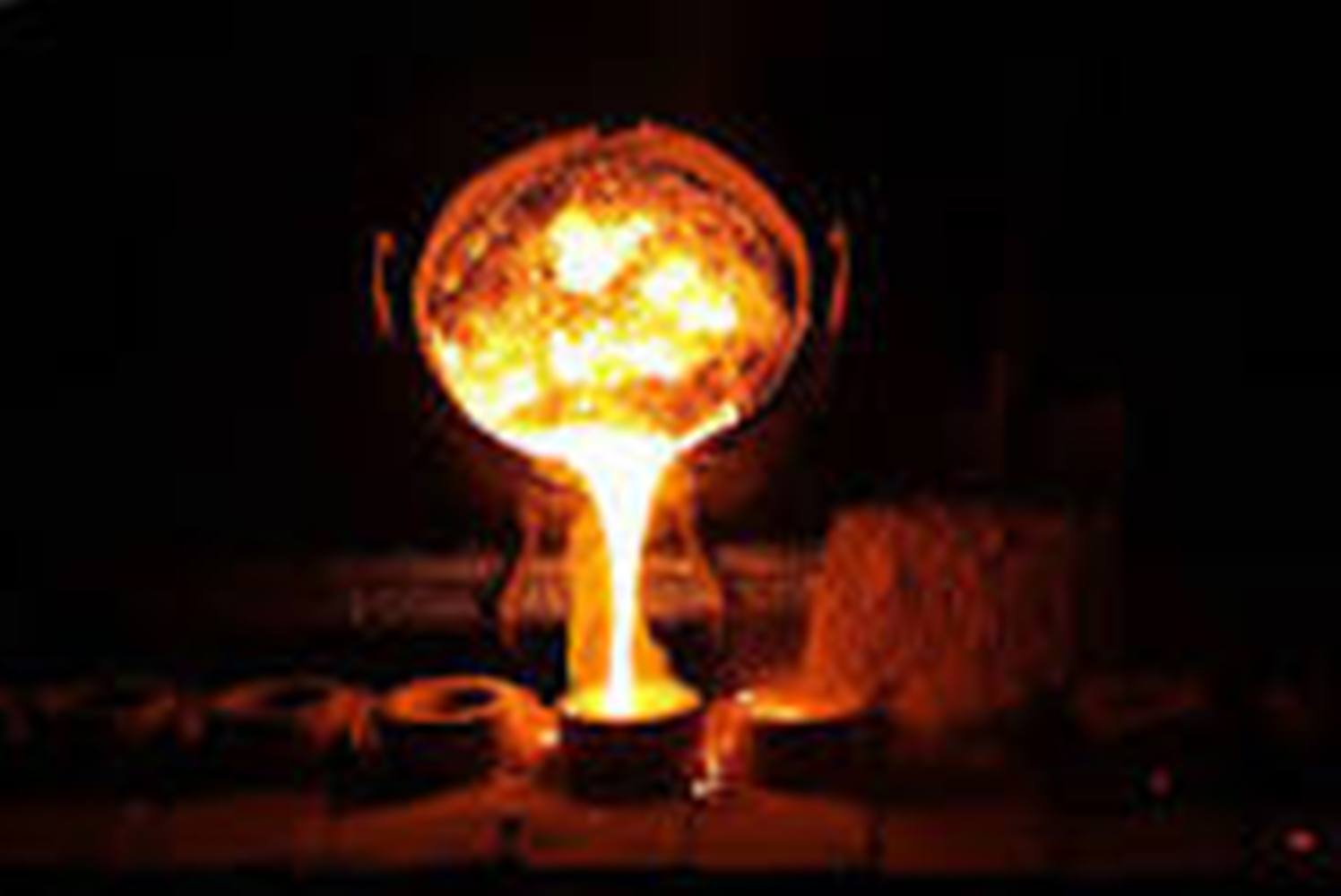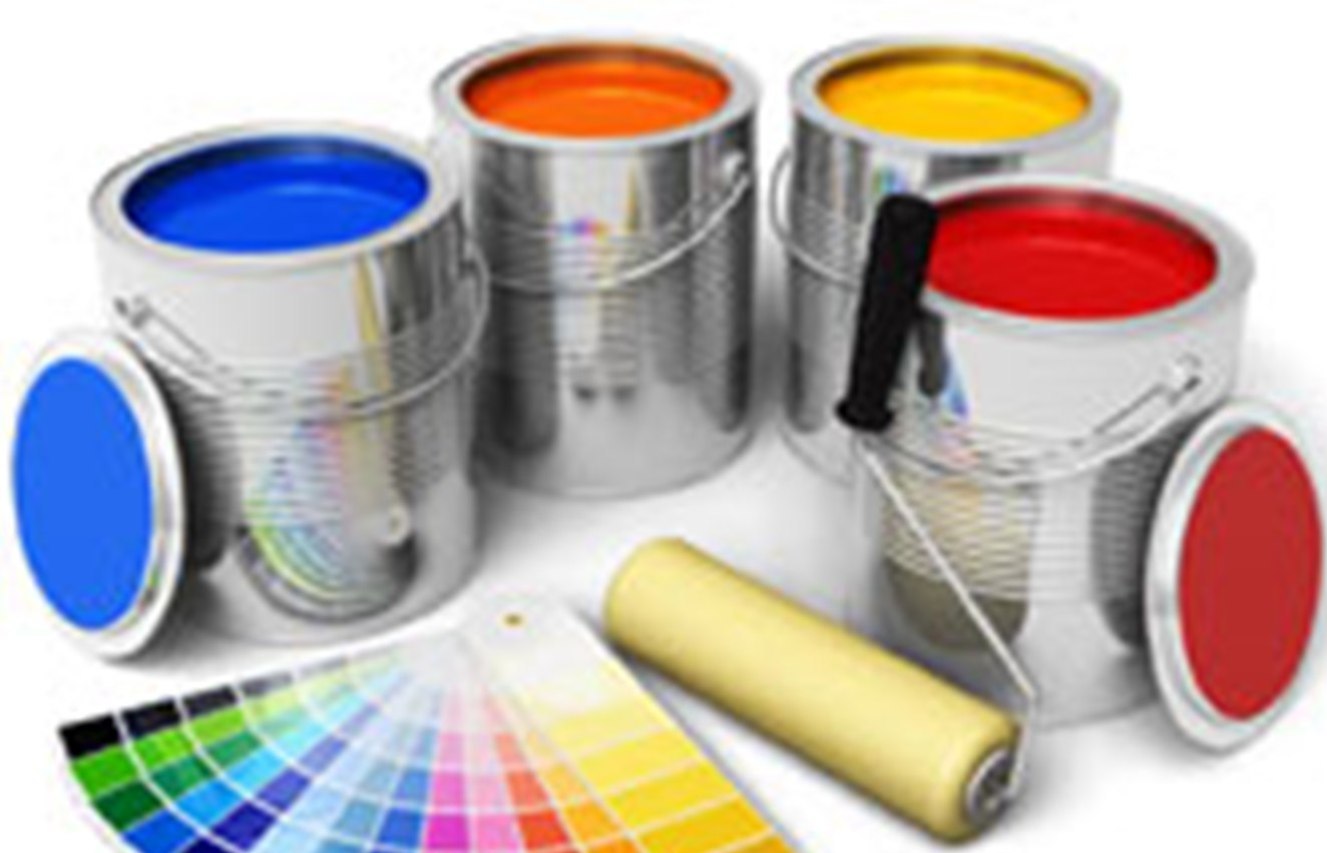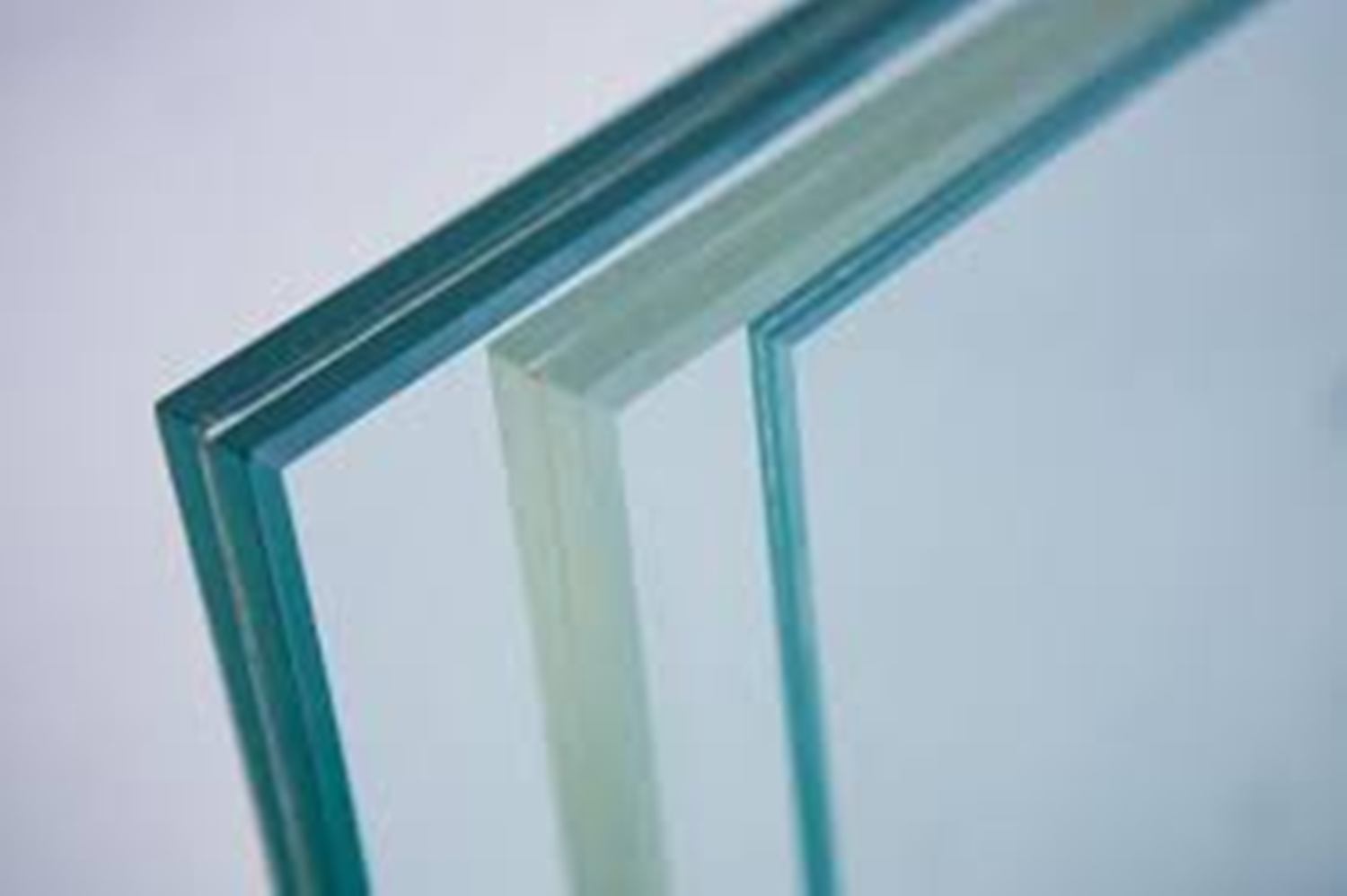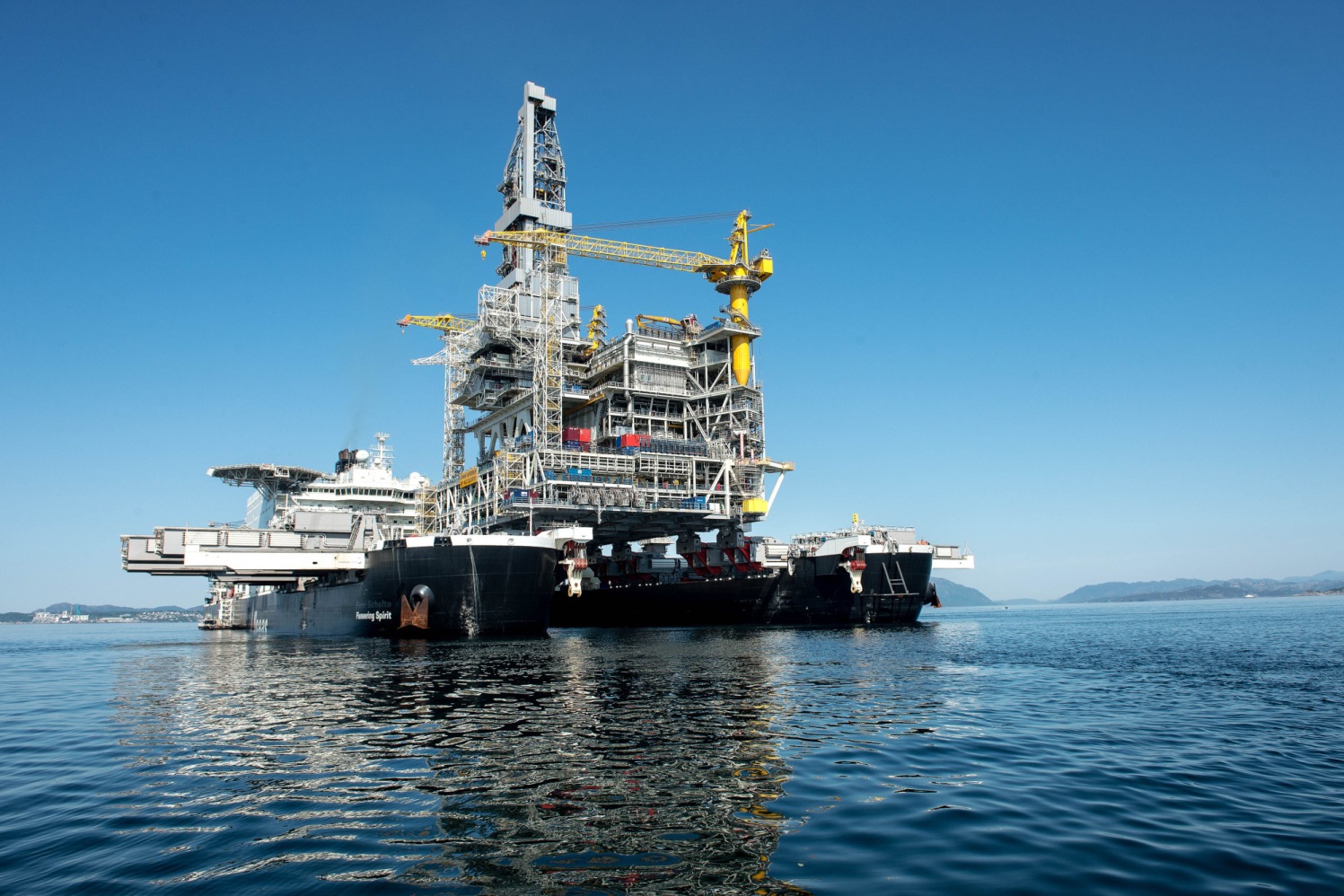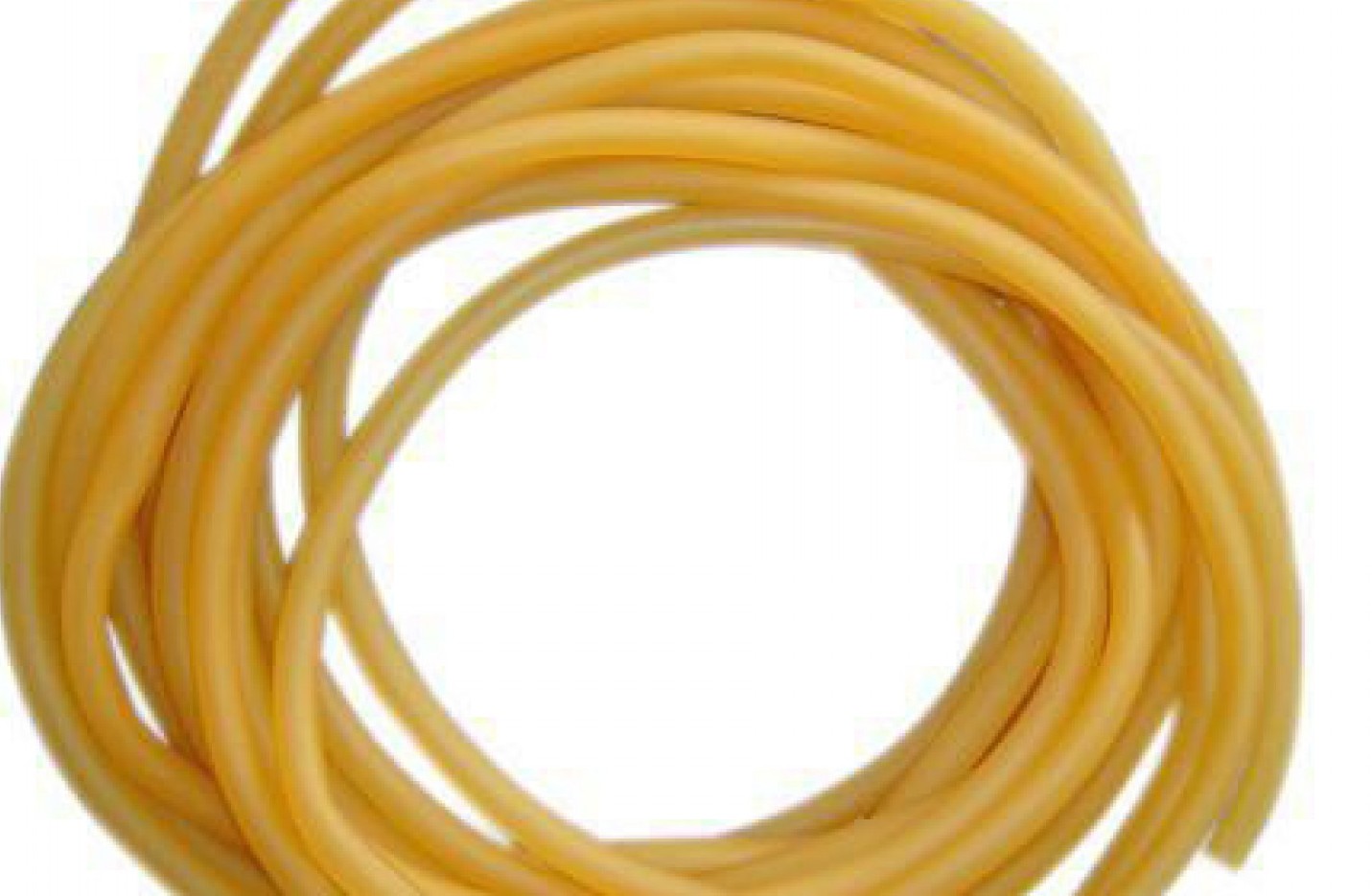PIGMENT PAINTS & COATINGS
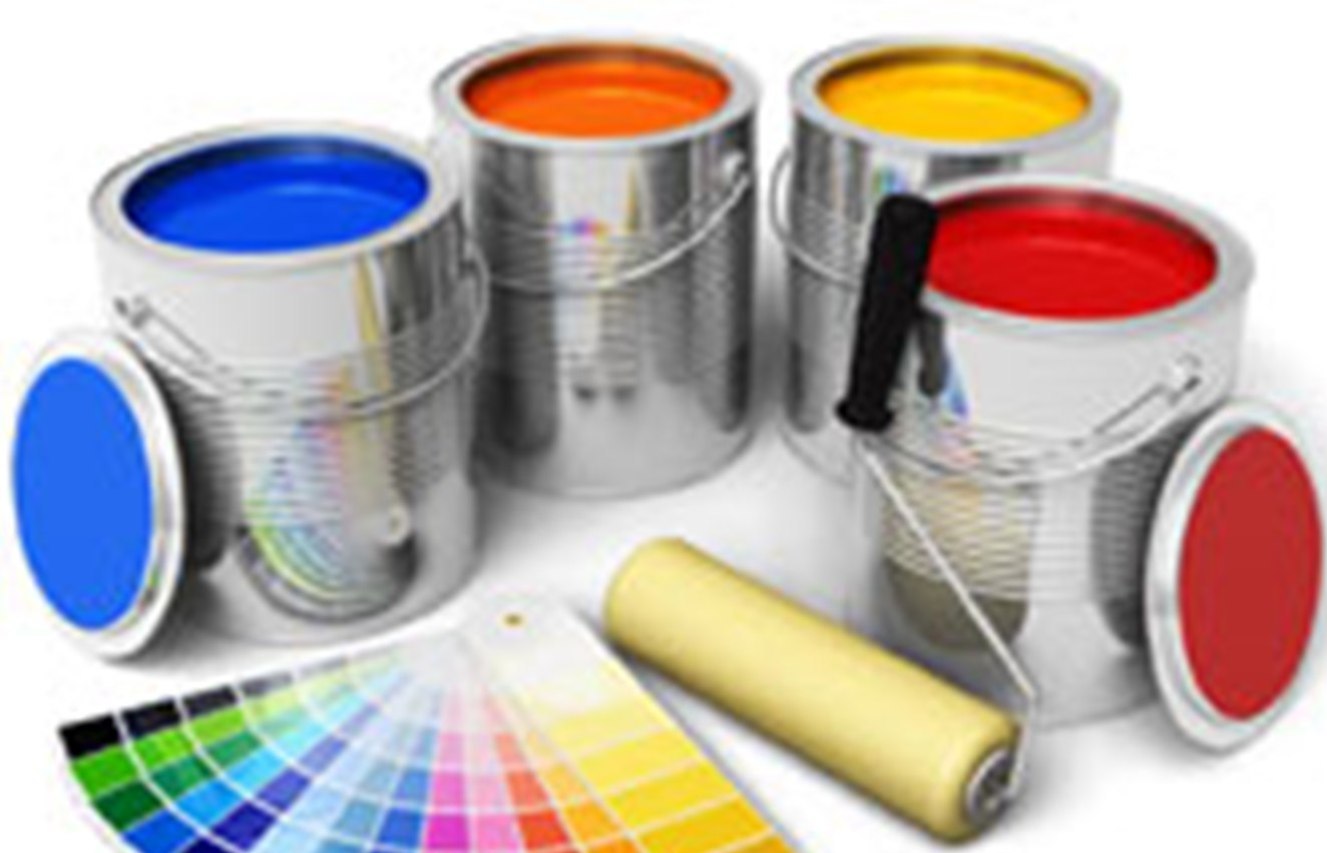
Pigments, Paints & Coatings
The following minerals are used for manufacturing Architechral, Marine, Automotive, Aerospace, protective and many more industrial paints.
Mica
Mica Flakes is indispensably used in the manufacture of pearlescent pigments (pearl luster pigments) which consists of natural mica flakes coated with titanium dioxide and/or iron oxide. It possesses high reflective and refractive index imparting natural pearl-like luster and magical gloss with abundant fascinating colours and enticing appearance. Pearlescent pigments are applied to numerous industries like paint, plastic, coating, printing ink, leather, cosmetic, dyeing, ceramic, rubber and paper.
Wet ground mica Powder
Is an important constituent as an extender and filler for paints & Coatings manufacturing. The platy structure of mica reinforces a protective coating in paints. The addition of mica facilitates suspension, reduces cracking and peeling, prevents shrinking and shearing of the paint film, increases resistance of the paint film to moisture penetration and atmospheric weathering, augments performance and brightens the tone of coloured pigments. Utilisation of mica in paints is universally well established for its functional properties
Quartz (Silica) Powder
PAINT formulators select micron-sized industrial sands to improve the appearance and durability of architectural and industrial paints and coatings. High purity silica contributes critical performance properties such as brightness and reflectance, color consistency, and oil absorption. In architectural paints, silica fillers improve tint retention, durability, and resistance to dirt, mildew, cracking and weathering. Low oil absorption allows increased pigment loading for improved finish color. (Floor paints that will be subjected to abrasion may contain fine quartz sand as filler).Not all paints include fillers. It can be used in mesh size (30, 40, 50, 60, 80, 100, 120, 150, 200, 250, 300, 350 & 400).
Talc Powder
Talc is used in production of decorative paints, industrial coatings, pigment pastes, primers, enamels, adhesives, putties and other products of the industry. Due to natural properties and fine grinding of talc it improves fluidity and coverage properties of paint, imparts corrosion, acid, thermal, air resistance to them, increase smoothness and stability of paint products.
Feldspar
Feldspar's properties make it an exceptional mineral pigment for paint, coatings and other applications. These properties include chemical inertness, anti- slip, anti -skid, UV curable, ease of dispersion and low oil absorption, stable pH and brightness. Feldspar aids in producing paint and coating formulations that are more durable under adverse wear & weather conditions and has good film integrity. In paints, filler-grade feldspars also achieve maximum colour strength through their low tint strength. Other beneficial properties of feldspar in paints and coatings include low viscosity at high pigment loading, low vehicle demand and exceptional resistance to frosting.
Dolomite
As a mineral, Dolomite shares many of the same properties as limestone & calcite so it can be used as a filler and extender in paints & Coatings. If we compare with the Calcite, it can be seen that Dolomit's density, hardness and resistance against acid is higher. It is use to improve wheatherability, natural whiteness, reduce shrinkage, fissure development and water absorption.
Calcite (Calcium Carbonate)
Precipitated calcium carbonate (PCC) is most commonly used in paint as an extender for titanium dioxide, or TiO2. The small and narrowly distributed PCC particles help space the individual TiO2 particles and maximize their hiding power. This extension of the prime white pigment can improve opacity and reduce cost. In addition to the standard, uncoated hydrophilic grades, some Precipiated calcium carbonates are available in stearic acid-coated versions. These versions increase hydrophobicity, dispersibility, and compatibility in solvent-based or 100-percent solids coatings
China Clay (Kaolin)
It is used in various paints like distempers, cement primer, wood primer, texture paint, spray plaster, putties, fillers & undercoats.
China clay due to its lamellar structure imparts toughness to coatings and tends to reinforce the films.
It settles slowly in water and having low solubility in water, it is commonly used in water based paints.
Due to its low solubility in the aqueous phase and its ability to impart good brushing and leveling characteristics, it is mainly used in latex paints.
Barite
White pigments:- Barite is a key player in preparing white pigment (lithopone) which is a mixture of barium sulphate and zinc sulphide. This pigment is used in making white paint that is used to give a chic appearance to wooden artifacts. Barium Sulfates are high density, low oil absorption, very white, corrosion and acid resistant fillers.
Paints, Enamel and coatings: - In dope and painting, it can be used as filling and can take the place of some expensive material such as basofor, crypton, titanium dioxide, activity, monox etc. Barite's high particle packing density (due to its particle shape) helps improves surface finish (and thus, gloss), as well as increases the sealing capability of the coating, and the associated resistance against chemical impact, weathering, and UV rays. Due to its high refractive index, barite can provide a limited amount of hiding in coatings. From a cost-savings perspective, barite can also extend and replace higher-cost pigments and resins while maintaining or even improving their characteristics. Since barite is not particularly hard, it helps minimize wear on plant equipment, and is also easily sanded for additional coats of paint. It is rapidly wetted, so it disperses quite easily, and is neutral in pH, which provides low reactivity with binders and helps prevent negative reactions in paint systems.
Bentonite/Organoclay
It makes an excellent thickener for water based paints and coatings because of its suspending and thickening properties with pigments and extenders. Excellent thixotropy for reducing sags and drips. Bentonite provides low shear viscosity and prevents settling. In the process of printing, some inks do not dry rapidly and cause blotting. A common cure for this problem is starch, held in suspension by a thin bentonite or white bentonite suspension.
.jpg )
